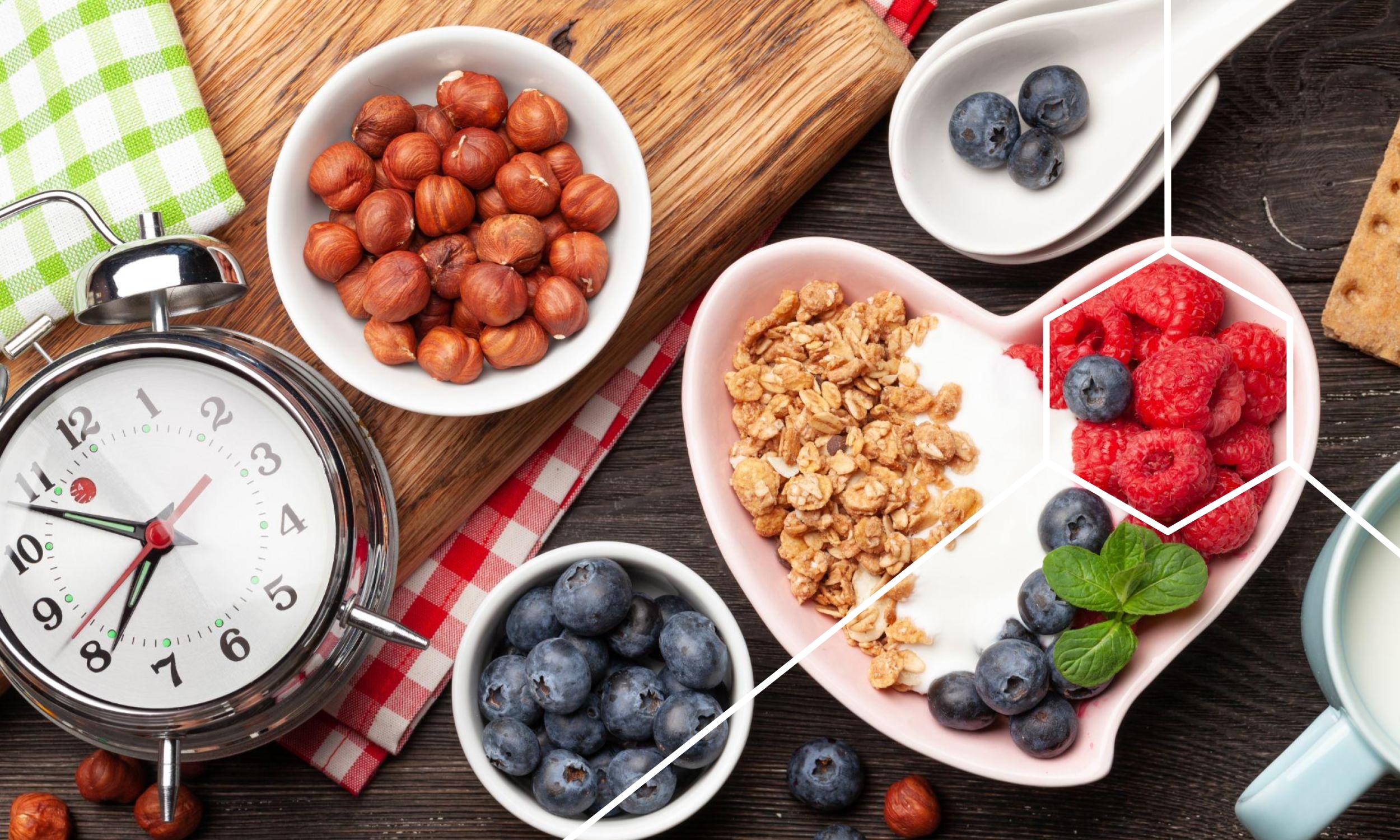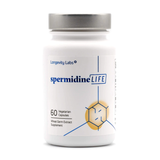
Intermittent fasting is an ancient concept that has gained popularity in the last decade or so. Many use intermittent fasting as a tool to help with weight loss, blood sugar regulation, and cancer prevention. However, refueling your body is just as important as fasting. There is a lot of misinformation out there regarding what are the best foods to break a fast, and in this article we will try to shed light on how to break your fast safely and effectively..
How to Break an Intermittent Fast
When the determined amount of time has surpassed, you can break your intermittent fast by introducing food, but you may be wondering how to break intermittent fasting safely. When you fast intermittently, you go without eating food for several hours and eat within a certain window during the day. For example, many people who fast intermittently do so for 12 hours-14 hours. They create a six to eight-hour window of time to eat foods.
After adopting this process of eating, you may find that you do better eating certain foods after fasting. While listening to your body and its cues, some foods may digest better after fasting than others. Breaking a fast with a banana or bagel may not be the best idea as they are higher in carbohydrates. It may serve as more beneficial to break your fast with broth or lean proteins, such as free-range pastured eggs. For some people, this helps start their day full of energy. Following these precautions is your best bet when planning how to break an intermittent fast.
How to Break a Prolonged Fast
Some people practice prolonged fasting. Abstaining from food in this manner usually spans over several days. It may include ingesting liquids of all kinds or just water. After going a significant amount of time without food the stomach acid changes in the body. Digest enzymes also decrease. The body pulls electrolytes out of the body into the bloodstream to maintain homeostasis. It is extremely important that you follow careful steps when you are considering how to break a prolonged fast such as a 100 hour fast.
If you were to break your prolonged fast and ingest foods that are difficult to digest your stomach may have adverse reactions. If you ingest a high carbohydrate food like overnight oats to break a fast, your blood pressure may spike. During a fast, your body becomes very sensitive to insulin. You may experience bloating, cramping, and stomach upset. Introducing foods that are easy to digest in a slow manner may help your stomach adjust. Common foods for breaking a fast include:
- Soups - soups containing easily digestible carbs such as lentils, tofu or pasta.
- Leafy vegetables - cooked vegetables such as spinach or kale are rich in nutrients and minerals and help maintain blood sugar.
- Healthy fats - avocados are a great first food to eat after a fast.
- Smoothies - blended drinks are another great food to consume after a fast as they are rich in nutrients and easier to digest with less fiber than whole raw fruits or vegetables.
How Many Calories Break a Fast
Any amount of calories will break a fast. Your body will start the digestive process. There are those who believe in a “dirty fast”, a non-medical term for anything less than about 100 calories consumed during a fast that is not seen as breaking it. So if someone were to consume a small item or add creamer to their coffee, that would be alright. For some individuals, this may work with their body. You may still reap the benefits of fasting by staying under 100 calories. It’s helpful to listen to your body and see how it responds when determining how to end a fast. . However for most people, this concept does not work.
How to Break a 48-Hour Fast
When breaking a 48-hour fast, it is important to be mindful about how you choose to replenish your body. You can easily create imbalance and overwhelm your system. The best food to break a 48-hour fast is eggs. Breaking a fast with eggs may serve as a wise choice. Eggs help stabilize glucose and insulin. As we know, the fat-storing hormone insulin is sensitive after a fast. Eggs are also considered very filling. They lower ghrelin which is the hunger hormone. Eggs are a great option to enhance satiety and ease your digestion back on track.
How to Break A 16-Hour Fast
Breaking a 16-hour fast is similar to breaking a 48-hour fast, just less intense. The body has obviously had less time in between meals. Insulin levels are not as susceptible to carbohydrate overload. Digestive enzymes and stomach acid are also not as depleted as they would be with prolonged fasts. One might get away with breaking a 16-hour fast with a greater variety of foods. The best foods to break a 16-hour fast are still nutrient-dense, easily digestible choices.
Best Food to Break an Intermittent Fast
There are many high-quality unprocessed fast-breaking foods one can include in their diet.. Here is an easily digestible intermittent fasting food list to try:
- Bone broth
- Soup
- Lean proteins like lean salmon, chicken, eggs, and lean pork
- Low carbohydrate fruit and veggie smoothies
- Low sodium options
- Steamed or slow-cooked vegetables
Best Food to Break Intermittent Fast on the Keto Diet
The best ketogenic diet foods to break an intermittent fast are easily digestible healthy fat sources. On a keto diet, insulin levels lower which shifts the body's energy sources from carbohydrates to fat and ketones. Once you have taken in enough water, introducing foods like hard-boiled eggs or other lean proteins are recommended. After you have ingested some lean protein, you may eat a small number of almonds or avocado. You do not want to introduce high volumes of monounsaturated fats after fasting, especially after prolonged fasting. Anything that will make digestion difficult, one should avoid on a keto intermittent fasting meal plan.
What Can You Eat or Drink while Intermittent Fasting?
While fasting, you can drink water, black coffee, and tea. During times of fasting, one should avoid foods to create desired results. If you experience headaches or dizziness, some people take supplements. You want to increase your water intake as well. You may add a tiny bit of salt to your water to encourage electrolyte balance. Some people also include small amounts of bone broth which help with electrolytes as well. You can also consume any no-calorie drinks like seltzer or sparkling waters.
It's a great idea to plan meals for intermittent fasting so you are not tempted to gorge during your eating window. Prepping foods at the beginning of the week will make them easily accessible. Meal preparation helps you stick more closely to your goals and decreases the temptation to eat unhealthy foods.
Can You Take a One Day Break from Intermittent Fasting?
There are so many ways to incorporate fasting into your lifestyle. Trying out different methods will allow you to find what works best for you. Some people simply fast for a few days during the week. Research has shown that even incorporating fasting just two days a week can activate higher levels of autophagy.
Some experience weight gain when they take a break from fasting. Others may experience mild bloating or a decrease in energy levels. In general, breaking intermittent fasting for a day will be easy to recover from once resuming your fasting schedule. You can certainly cut yourself some slack if it’s your birthday or a celebration and want to take a fasting break. When to break a fast is purely your decision based on works best for your lifestyle.
Helpful Supplements
One of the active processes which fasting helps to induce is called autophagy. Autophagy is your body’s natural process of cellular renewal. During autophagy, a lack of nutrient supply causes your cells to recycle damaged or dead cellular material, using it as an energy source. This helps to clear your cells of potentially harmful organelle material, reducing cellular stress.
Spermidine is a naturally occurring molecule which also triggers autophagy and does not require caloric restriction to do so. Spermidine has been shown to aid the body in detoxification, decreased inflammation, and weight loss. While spermidine is found in many foods, it can be difficult to moderate how much spermidine you consume through your daily diet. Adding spermidine to your diet can provide a number of health benefits.







